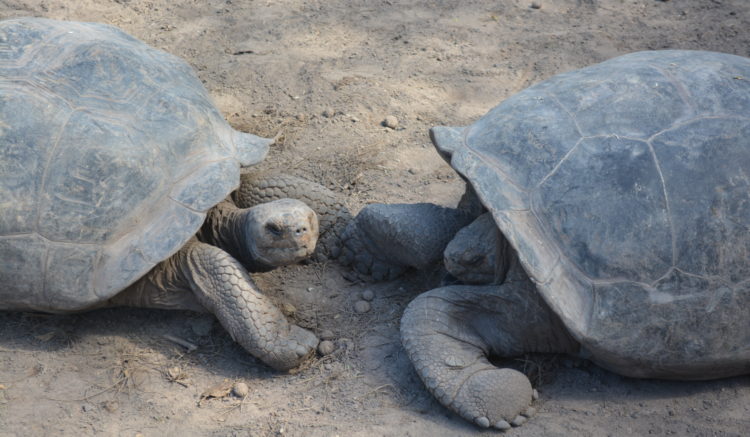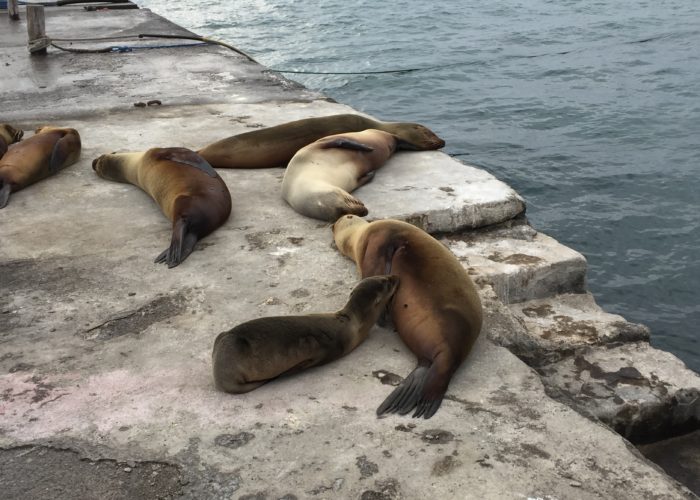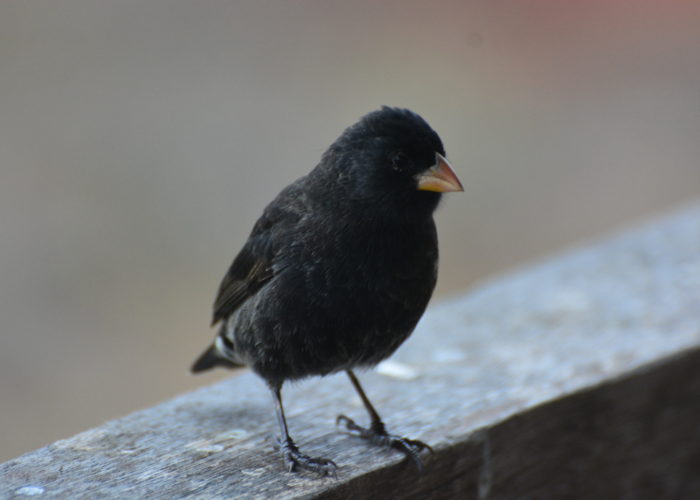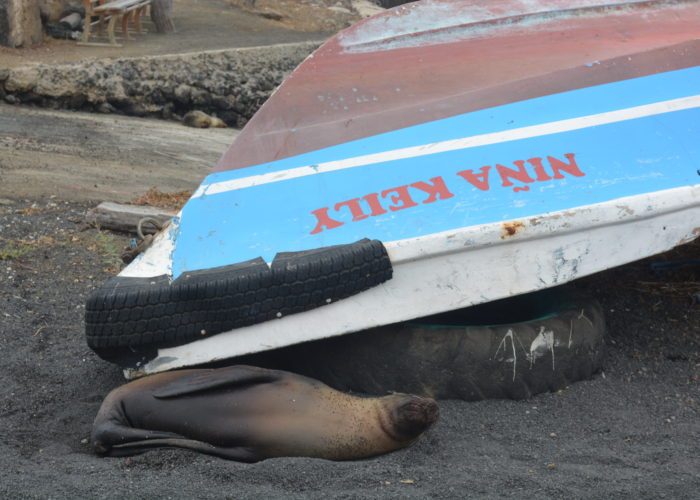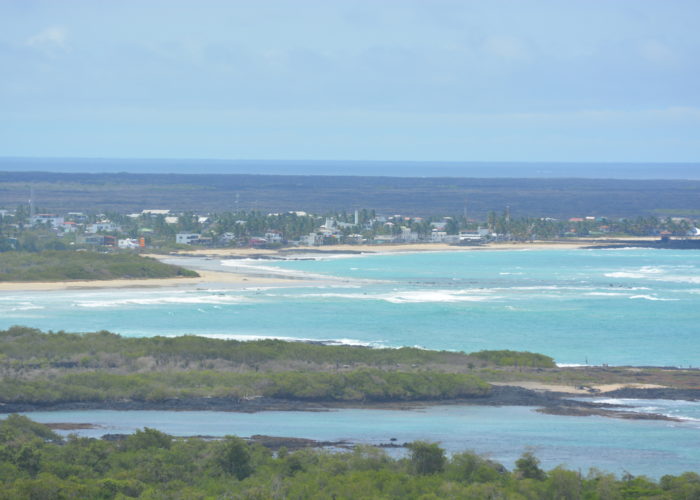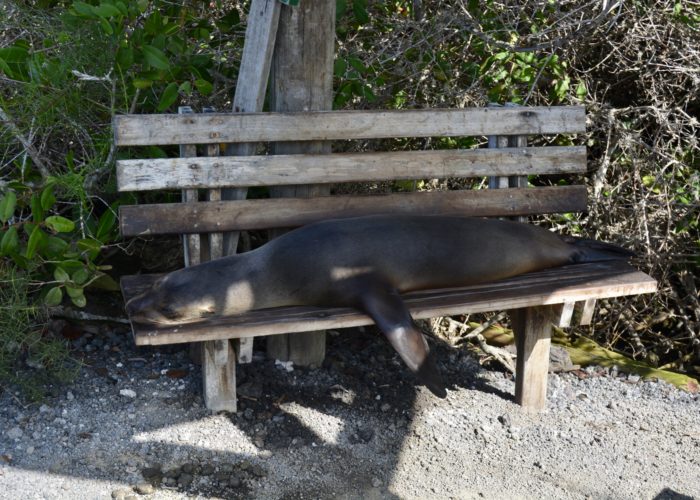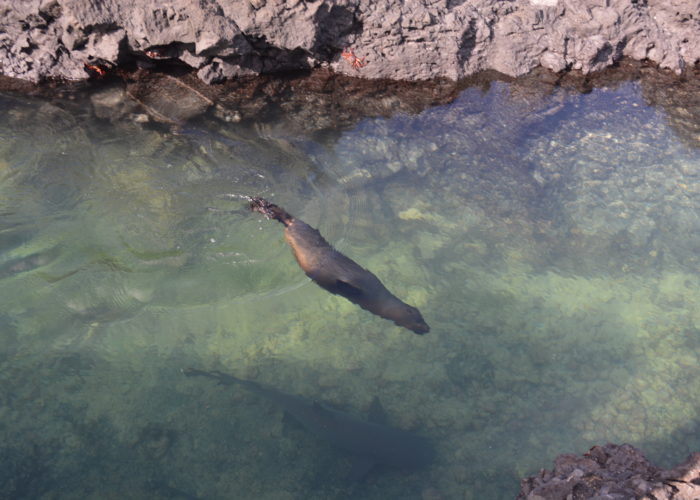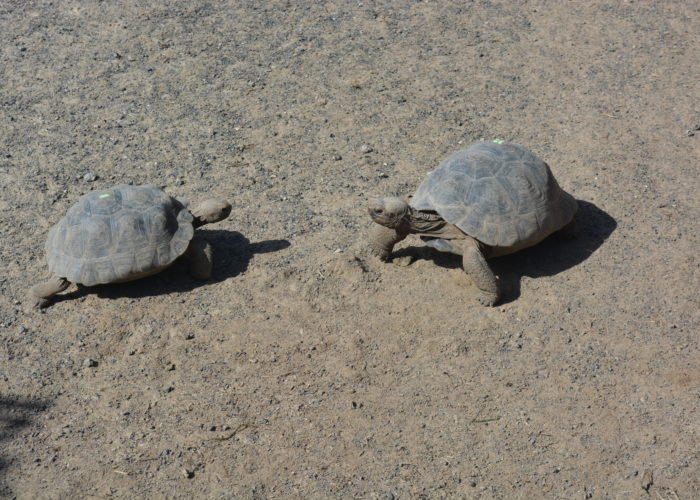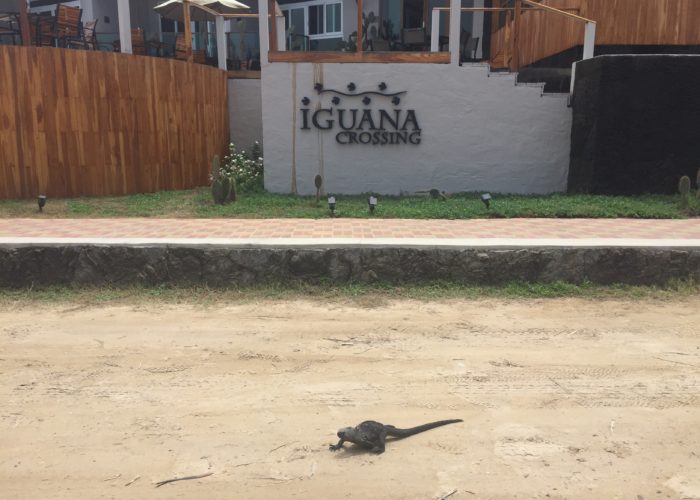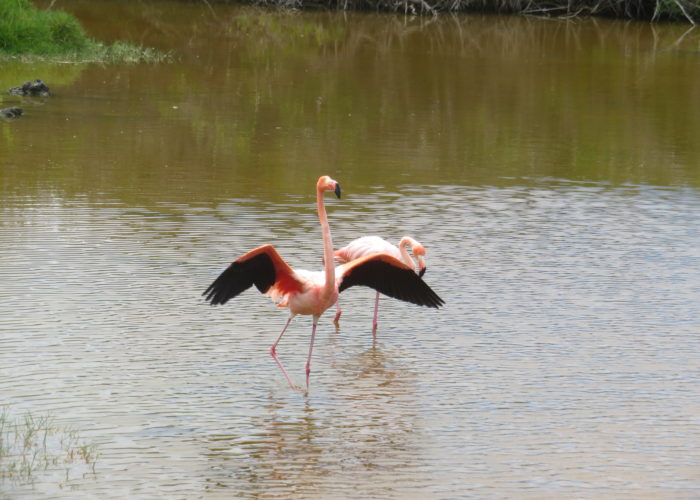Before starting properly the second leg of our tour we visited the Chato Tortoise Reserve in the Highlands of Santa Cruz Island, which is a large farm where there are a large number of these prehistoric reptiles. The area is very wet with many pools of water, which the tortoises love to wallow in. From there we visited the Charles Darwin Research Station, where they breed these giant reptiles with the aim of releasing back into the wild the smaller tortoises. Being reptiles, the only maternal instinct tortoises have is centred around building an appropriate safe nest, so its relatively easy to release the animals once they are of sufficient size to fend for themselves. The breeding has to date been pretty successful with many releases over the years. Most islands have different sub-species of tortoises and a few of them are extinct, the most famous being the Pinta Island tortoise of which Lonesome George was the last surviving member who died in 2012. However a number of the sub-species have been found around the remote Wolf Volcano on the top of Isabela Island, where it is thought that the pirates and buccaneers who, used the Galápagos Islands as a base, stored or simply abandoned the tortoises, which they no longer needed as food. It is from this stock that the researchers have managed to find sufficient genes of the extinct Floreana tortoise to start a repopulation program of that tortoise sub-species. However to date no sufficient genes of the Pinta tortoise have been found to enable a similar repopulation.
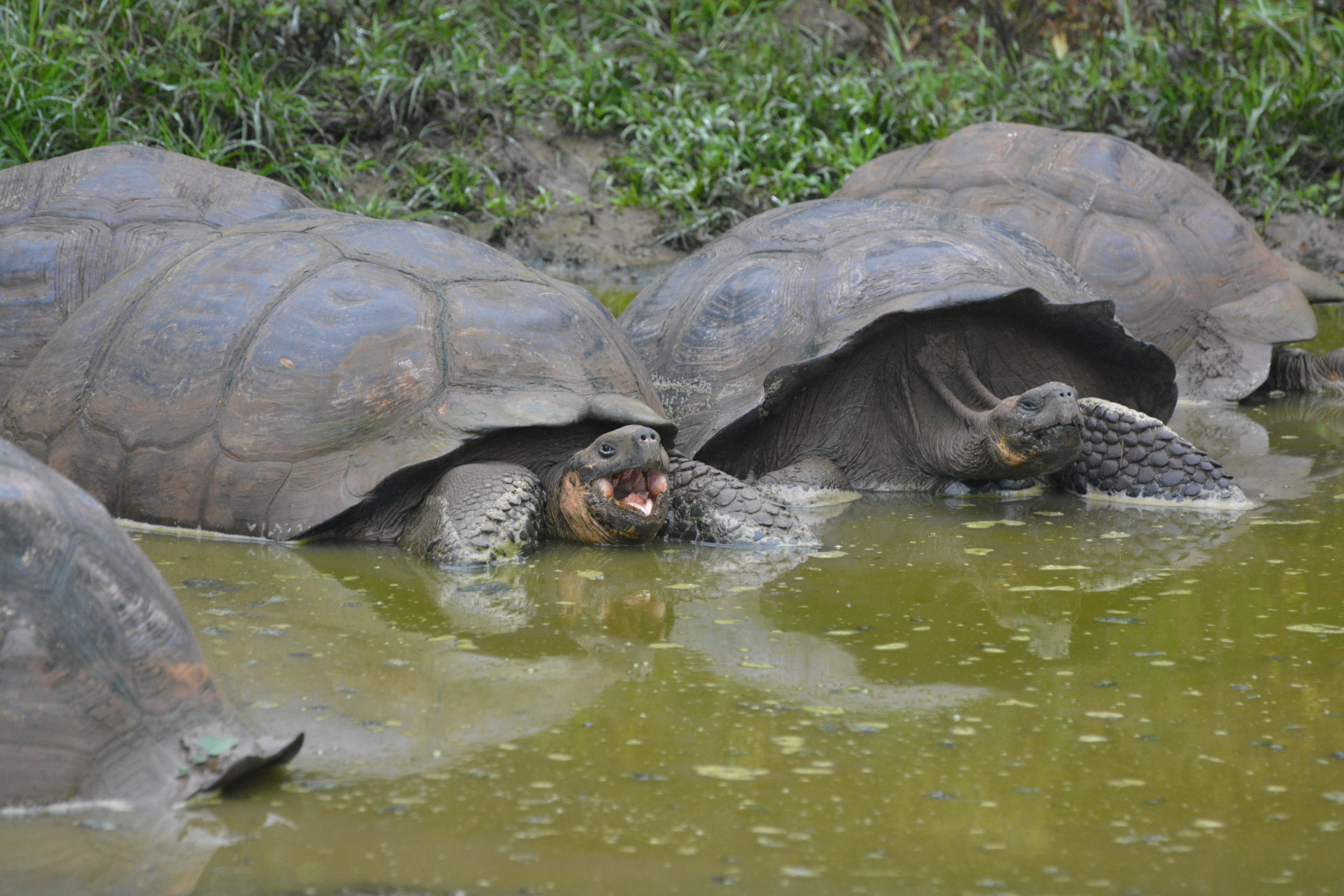
From Santa Cruz Island we took a speedboat over to Floreana Island, which is thought to be the first island to be inhabited. The story of the early inhabitants is very dramatic and would make a great if not totally believable movie. The first documented inhabitant was an Irish pirate called Patrick Watkins, who was abandoned on the island but survived there for a couple of years before hijacking a passing boat and escaping back to the mainland. After Watkins there was a failed Ecuadorian colony before in the 1930s, a couple of Germans arrived search solitude and escape from Nazism. They were joined a year later by the Wittmer family also from Germany and an Austrian calling herself the Baroness with her two German lovers. The story gets dramatic with the death of the Baroness and one of her lovers. After much drama, the Wittmer’s gave birth to the first child on the island. From that beginning a small community has built up on Floreana, which today, still feels very isolated and at times quite haunted. The Island is a place to totally escape from the world.

Our final stay on the Galápagos Islands was back on the South side of Isabela Island and the small beachfront community there. Here there is another tortoise breeding centre, which so far, has returned over 3,000 tortoises back into the wild. Near by is the Sierra Negra Volcano, whose Northern slopes is erupting. However the crater is enormous, some seven by nine kilometres across. The Galápagos Islands’ volcanoes are not typical cone like volcanoes, but are essentially collapsed mountains that have build up above pools of magma, which escape and flow through fissures and cracks in the Earth’s surface. Here the cracks are on the Northern slopes, which is the site of the current eruption.
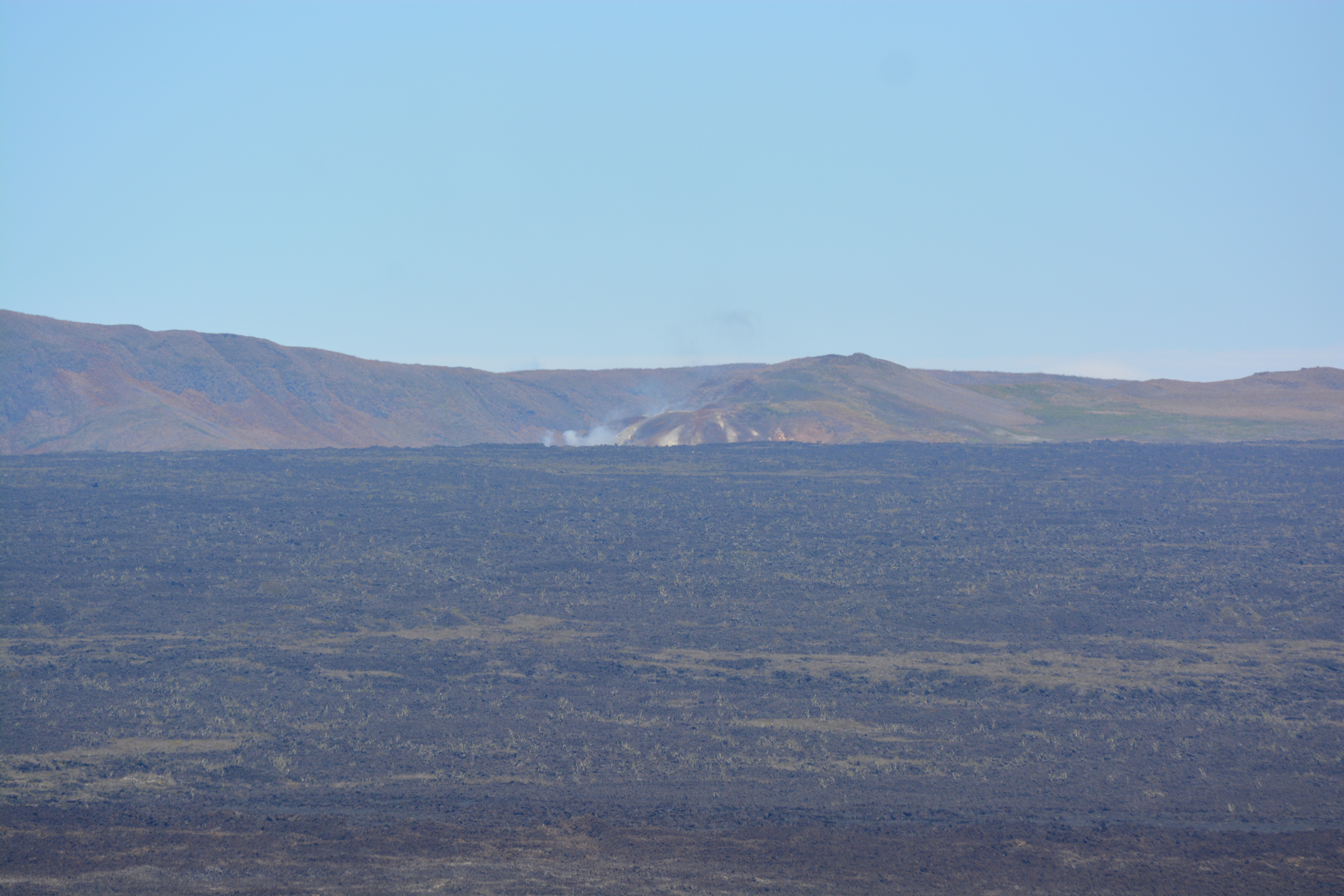
The volcanic soils around the volcanoes are very fertile and Isabela and the other inhabited islands have a small-scale agriculture that is especially effective at growing fruit. The smallholdings help generate some income for the Islands in addition to tourism and help keep the ships supplied with food.
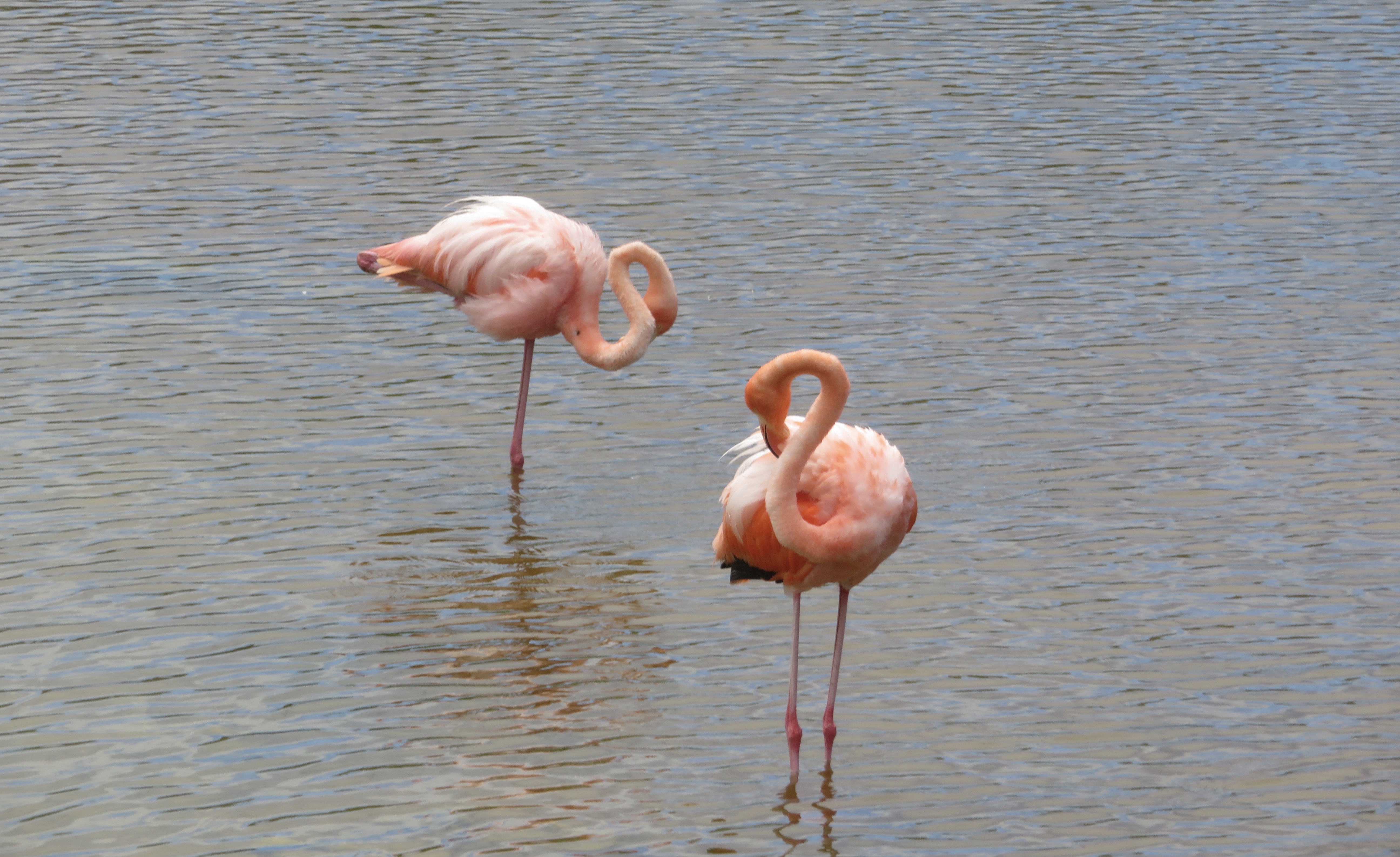
While not as dramatic as the ship based activities our five days of land based activities perfectly complemented the nature and drama of the ship based activities and the story and drama of the human activity on the Galápagos Islands helped round off our understanding of the dramatic and enigmatic islands.
Date: 09/08/2018 to 18/08/2018
